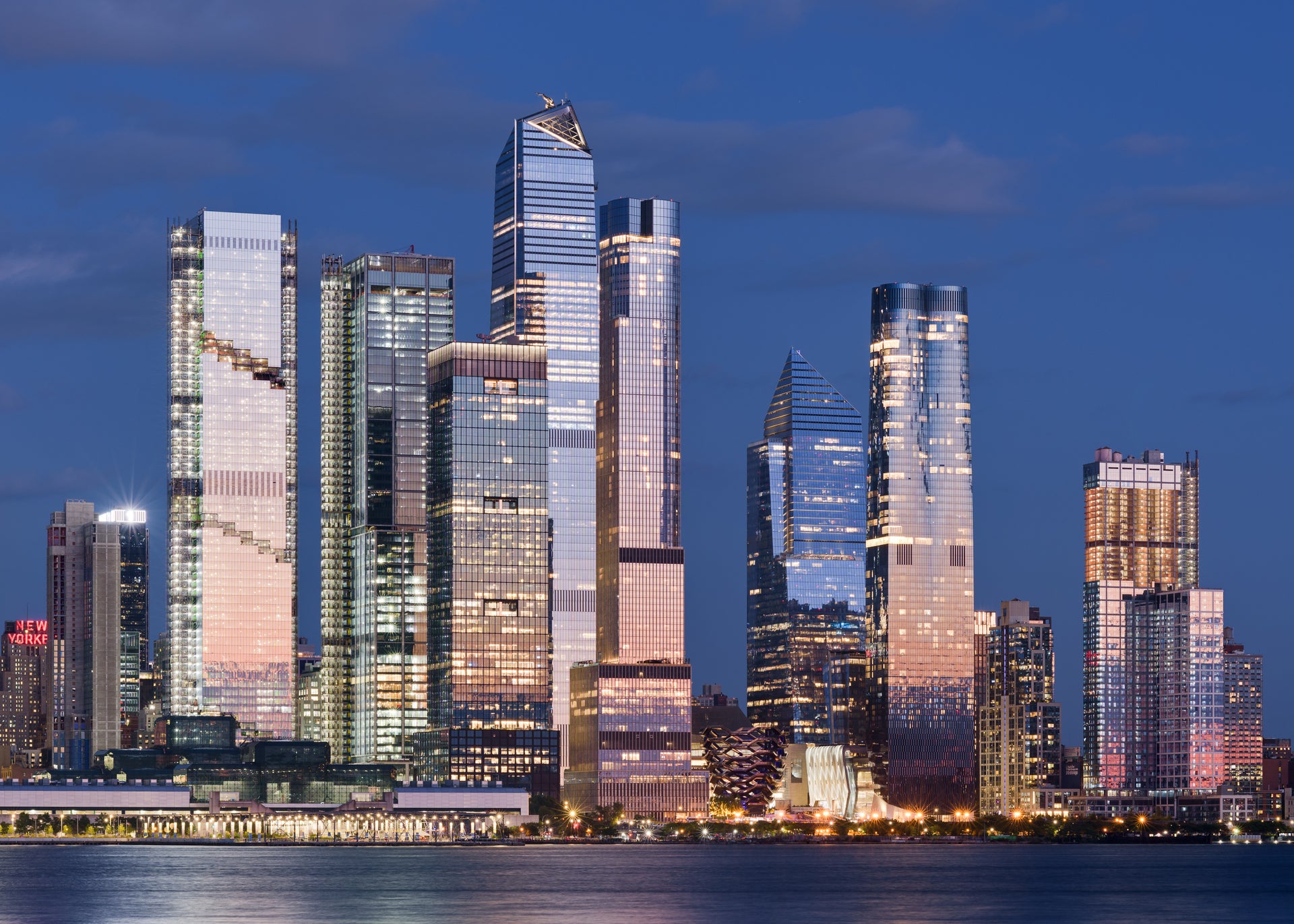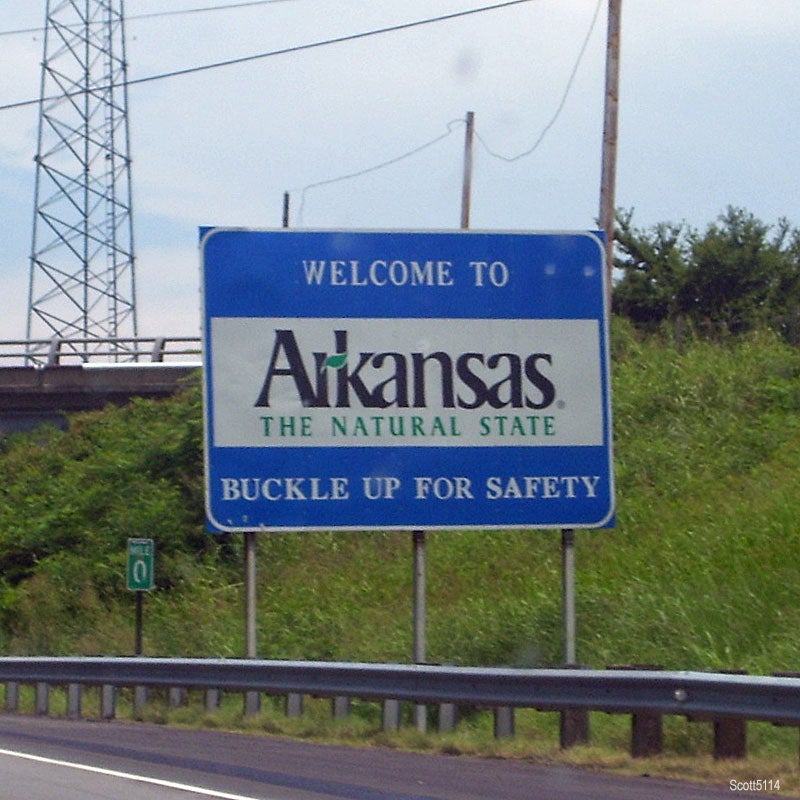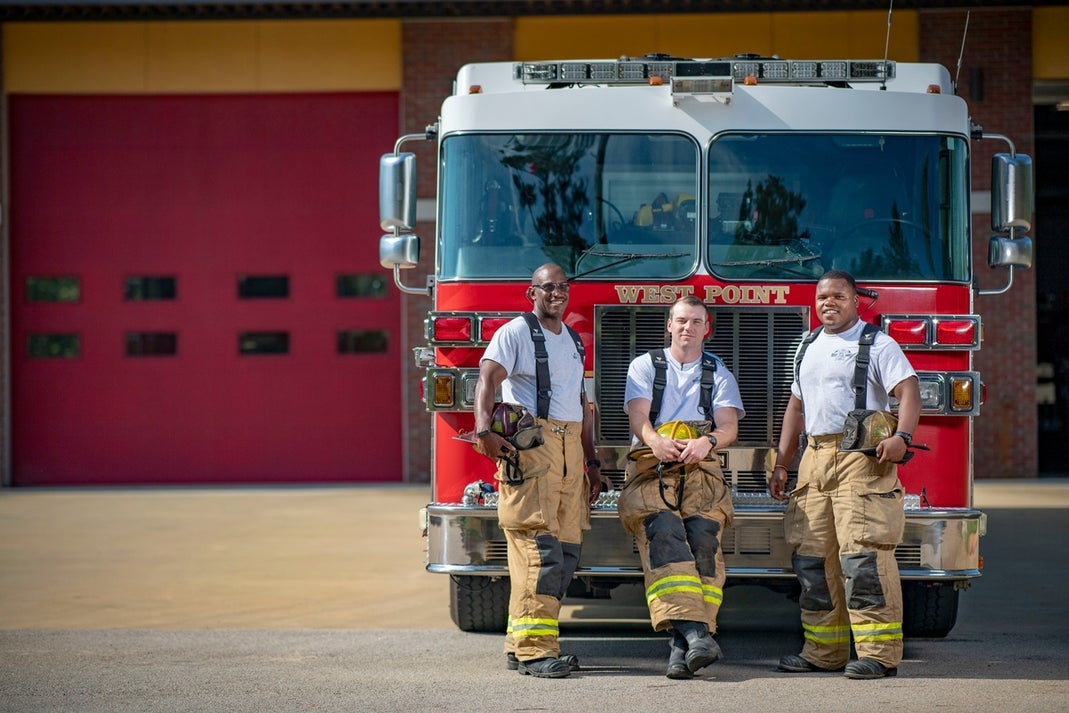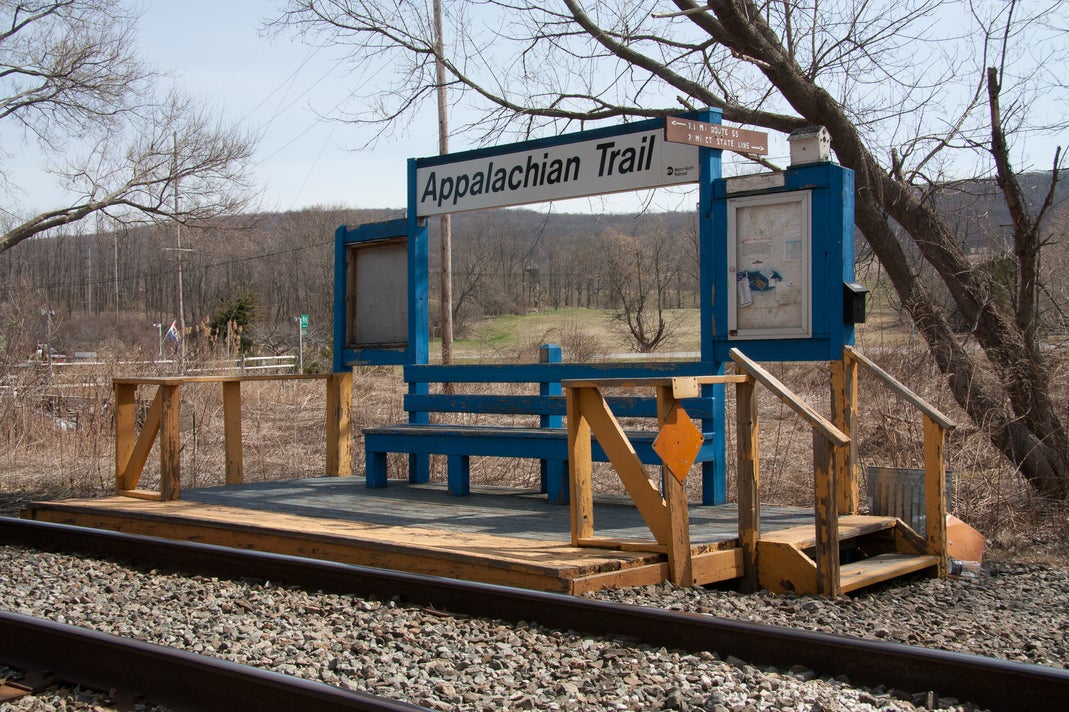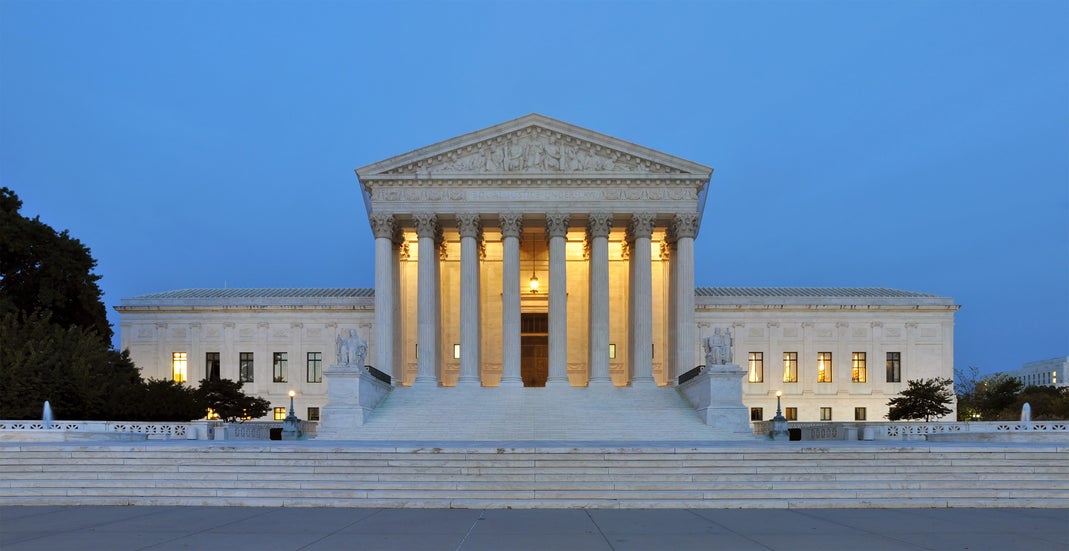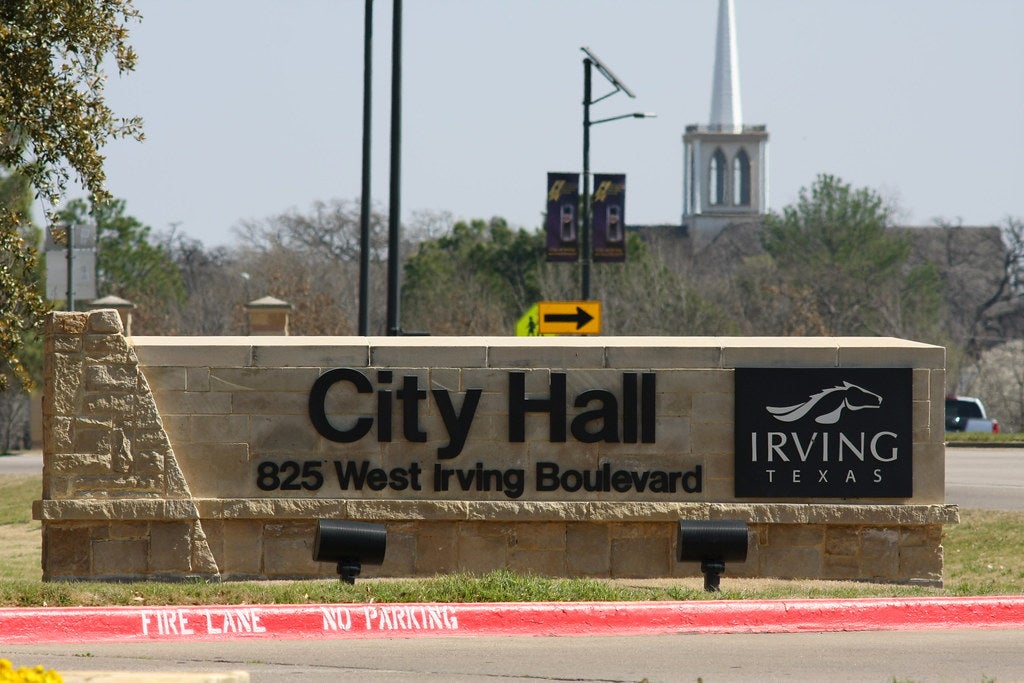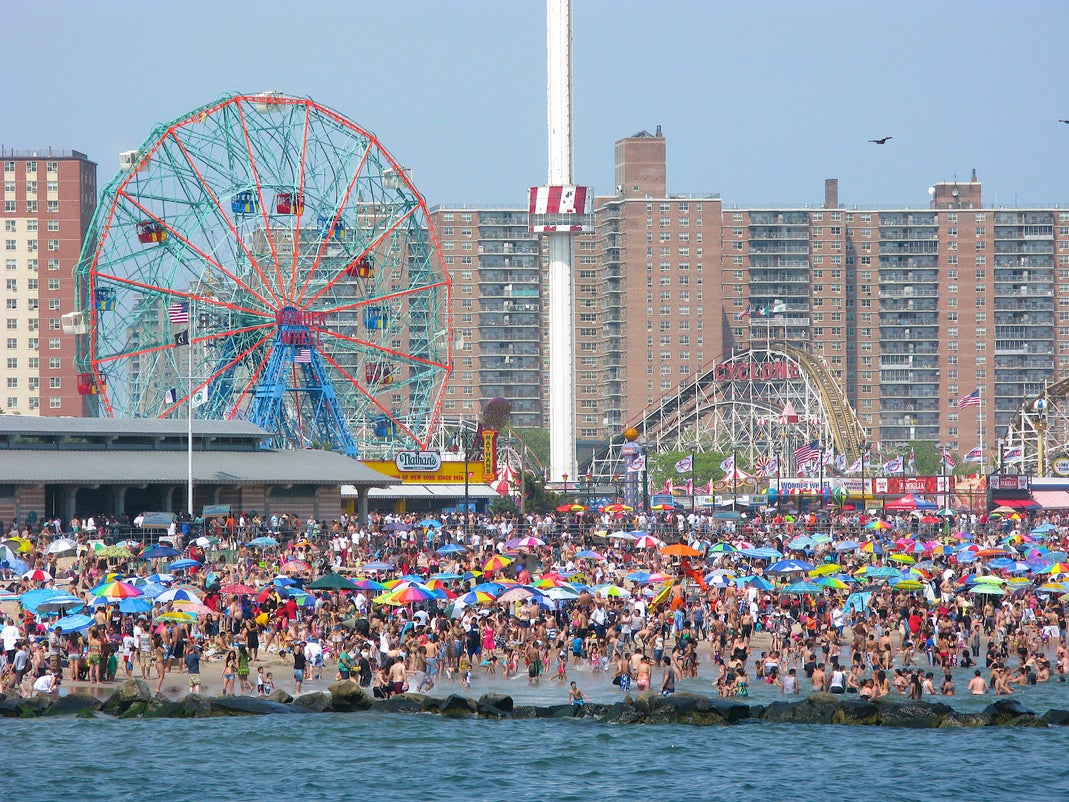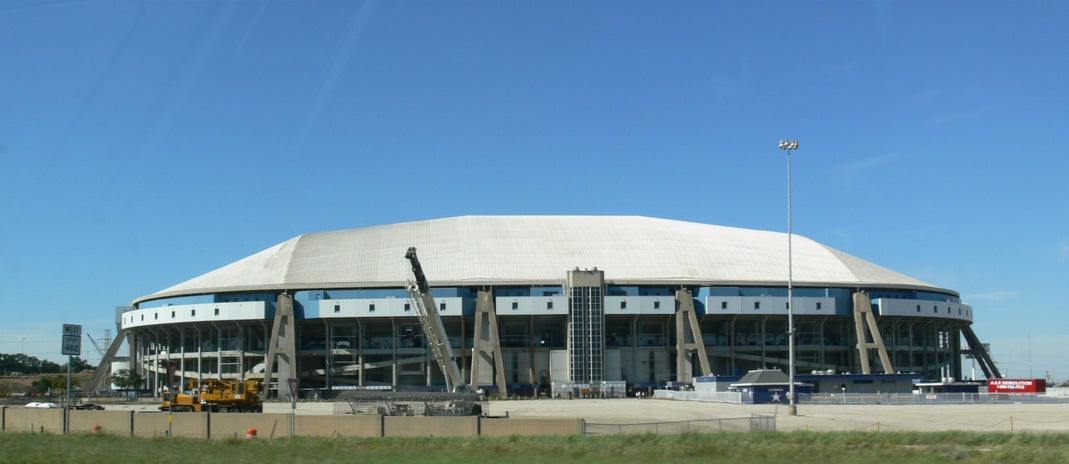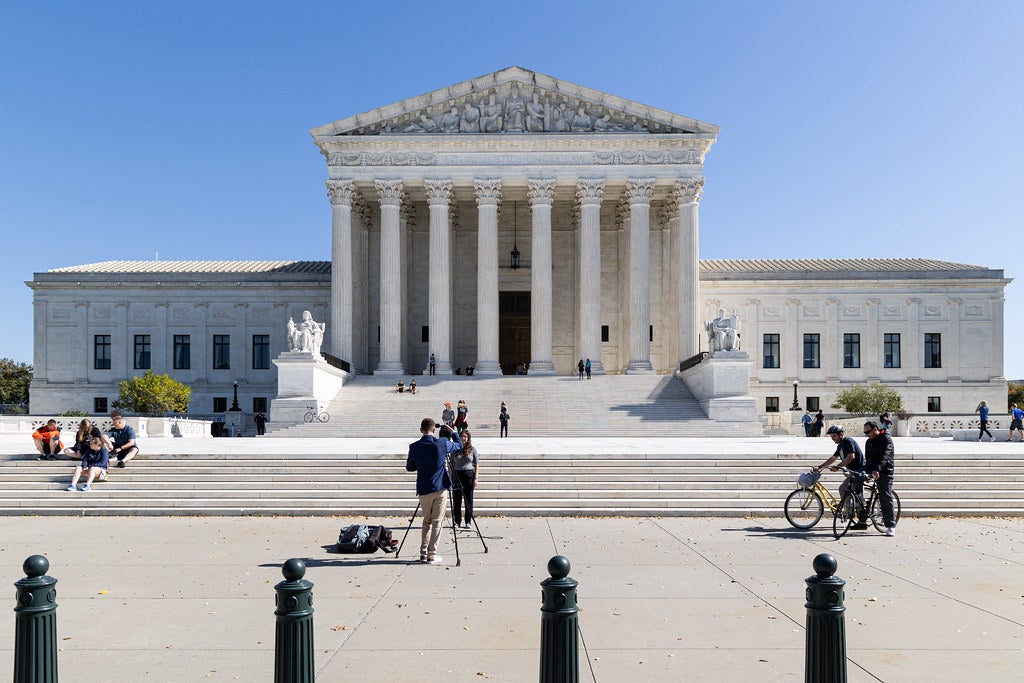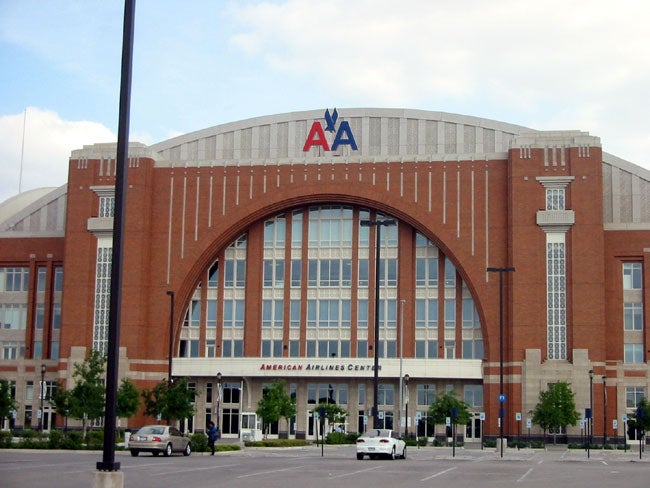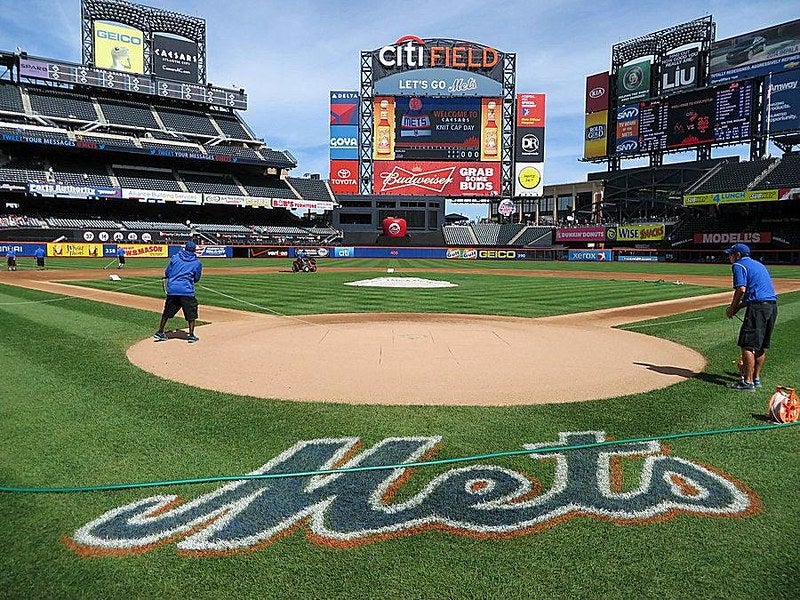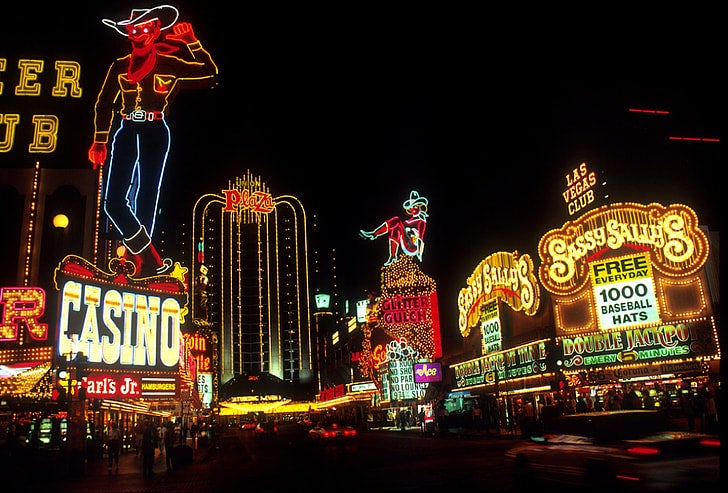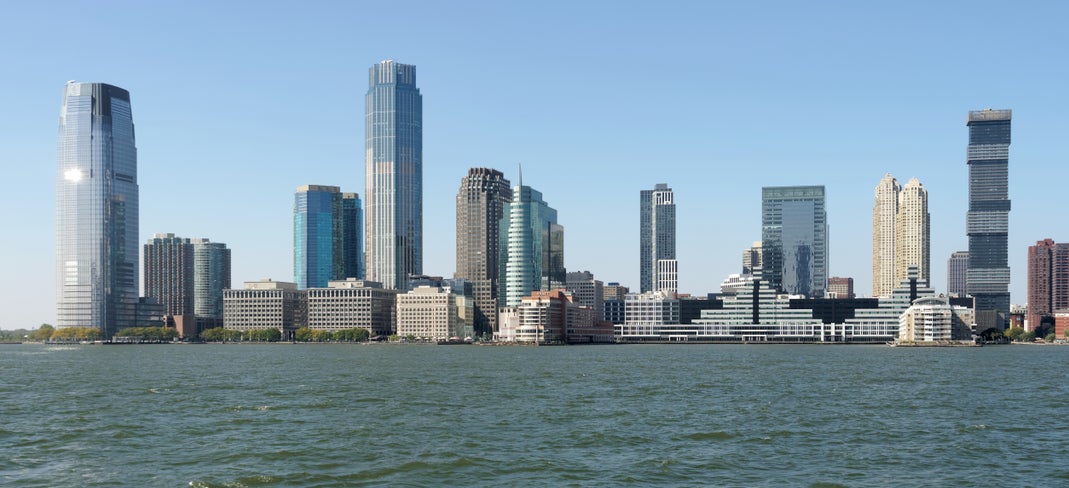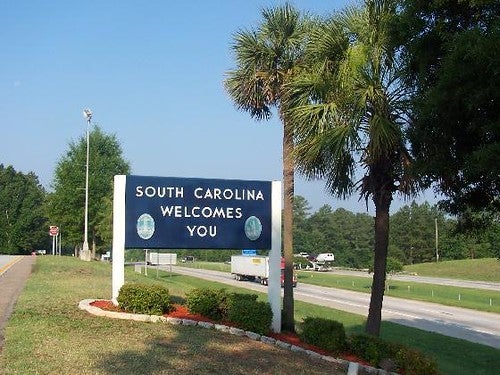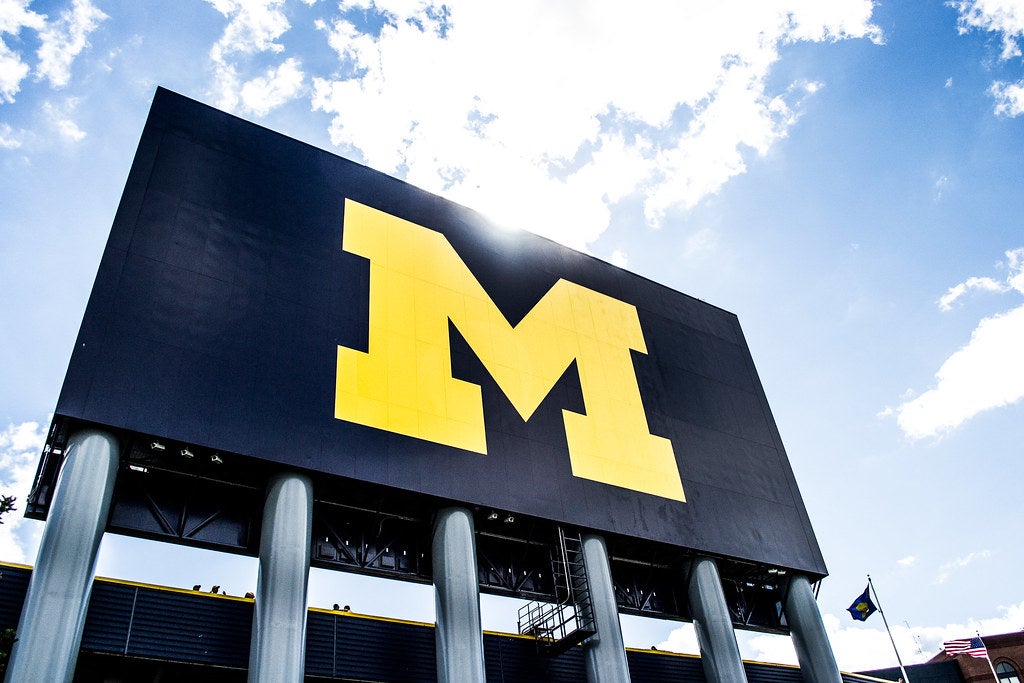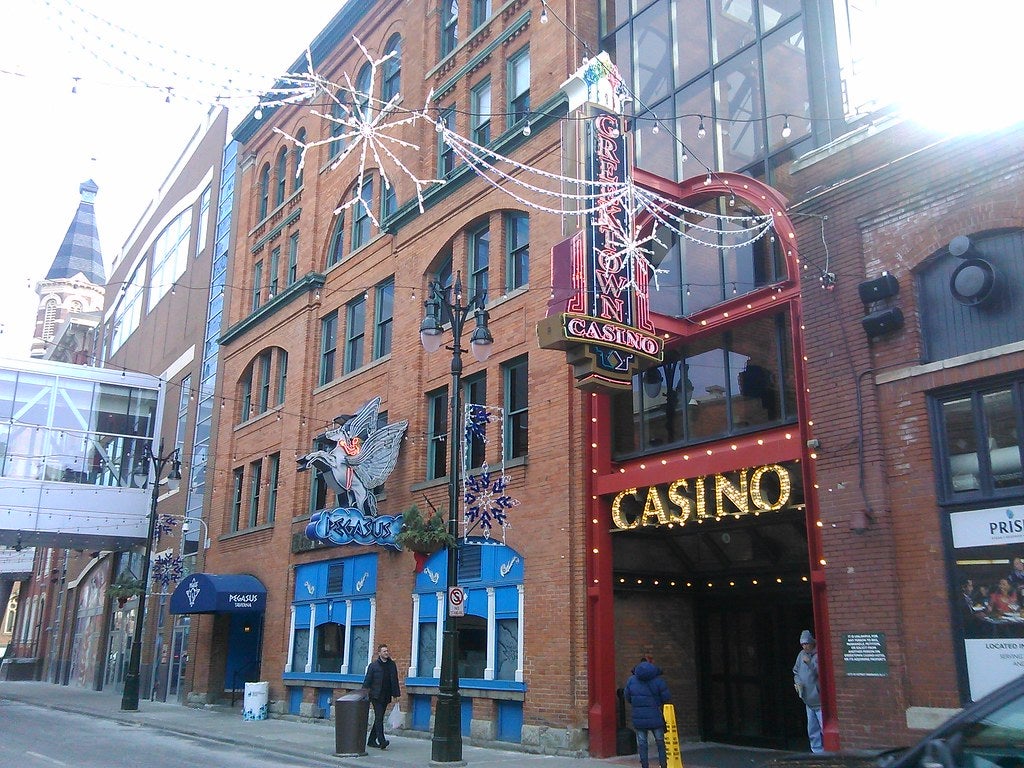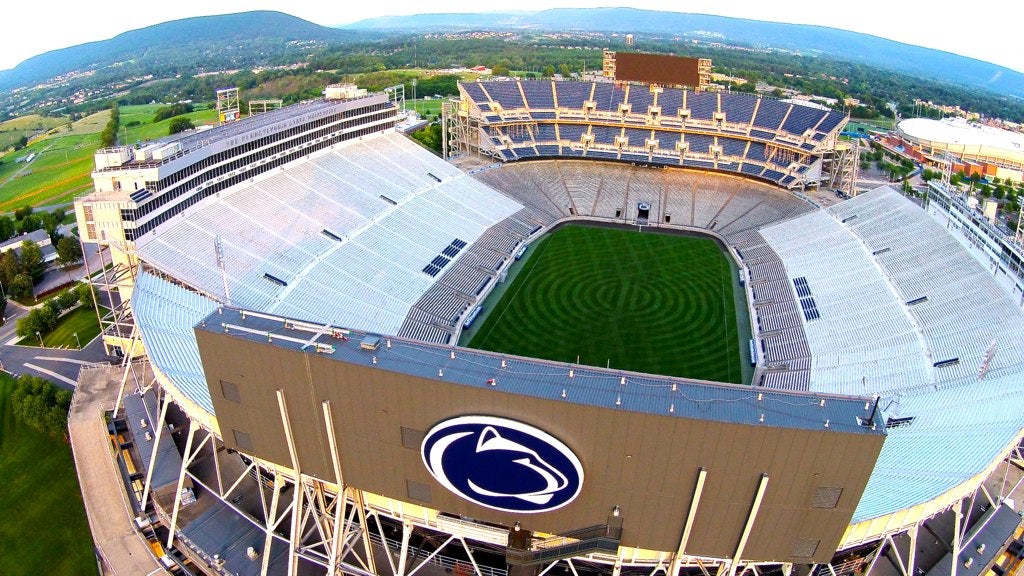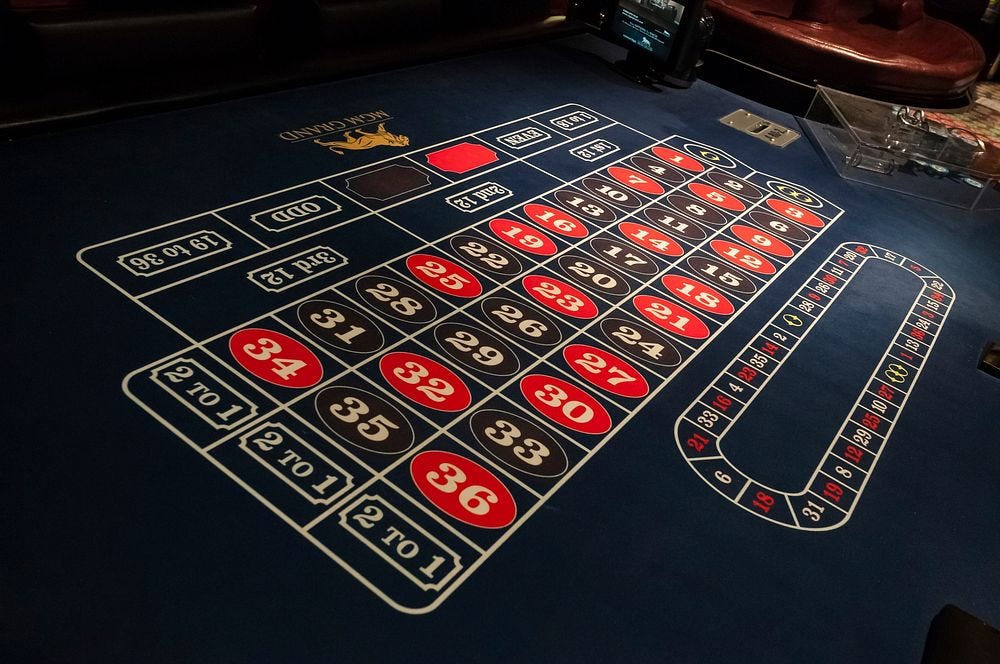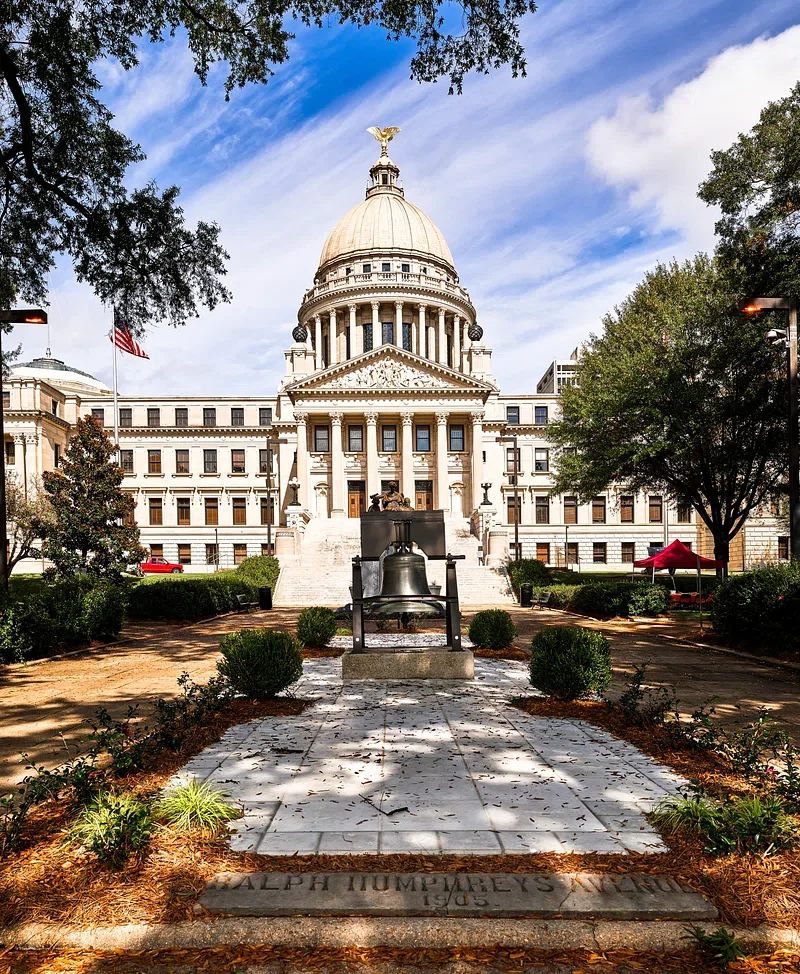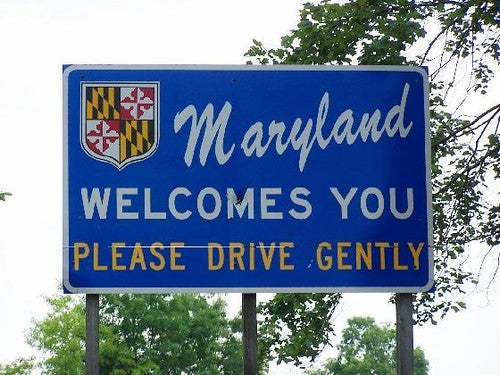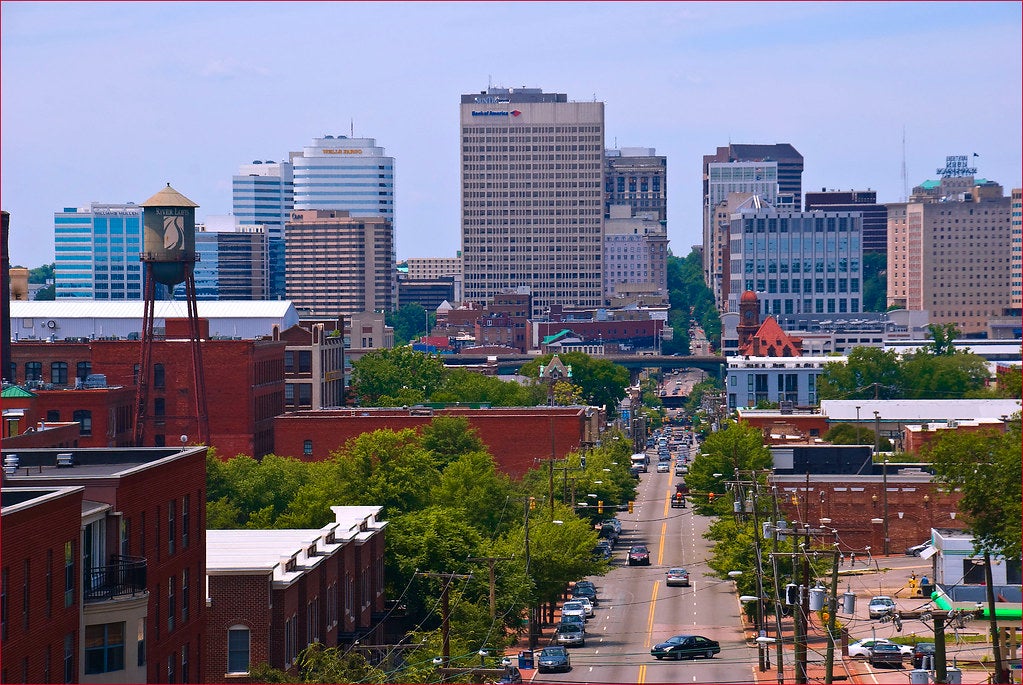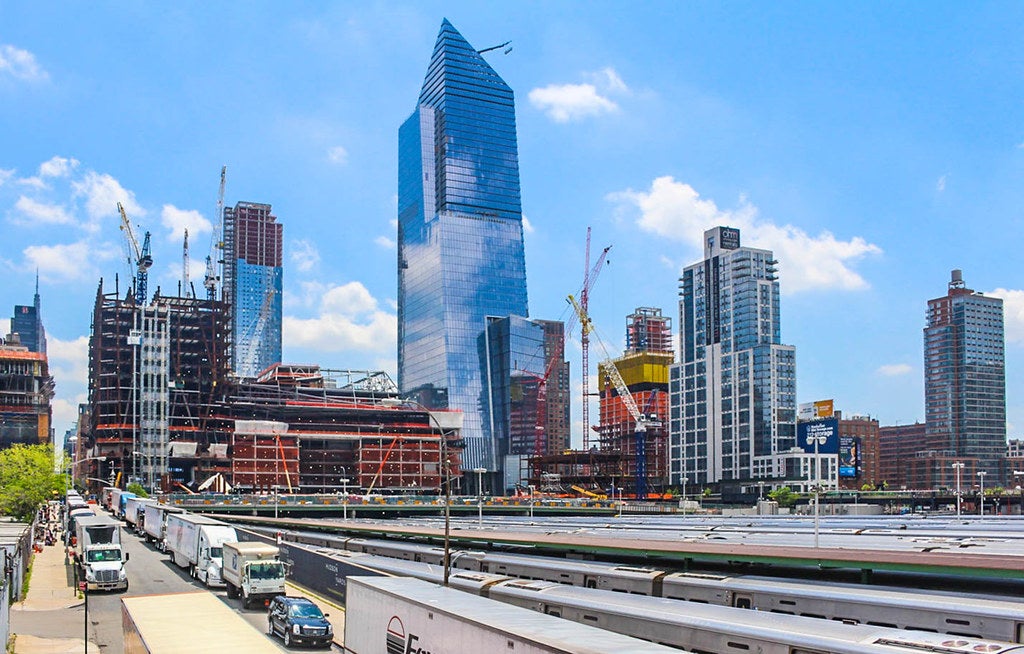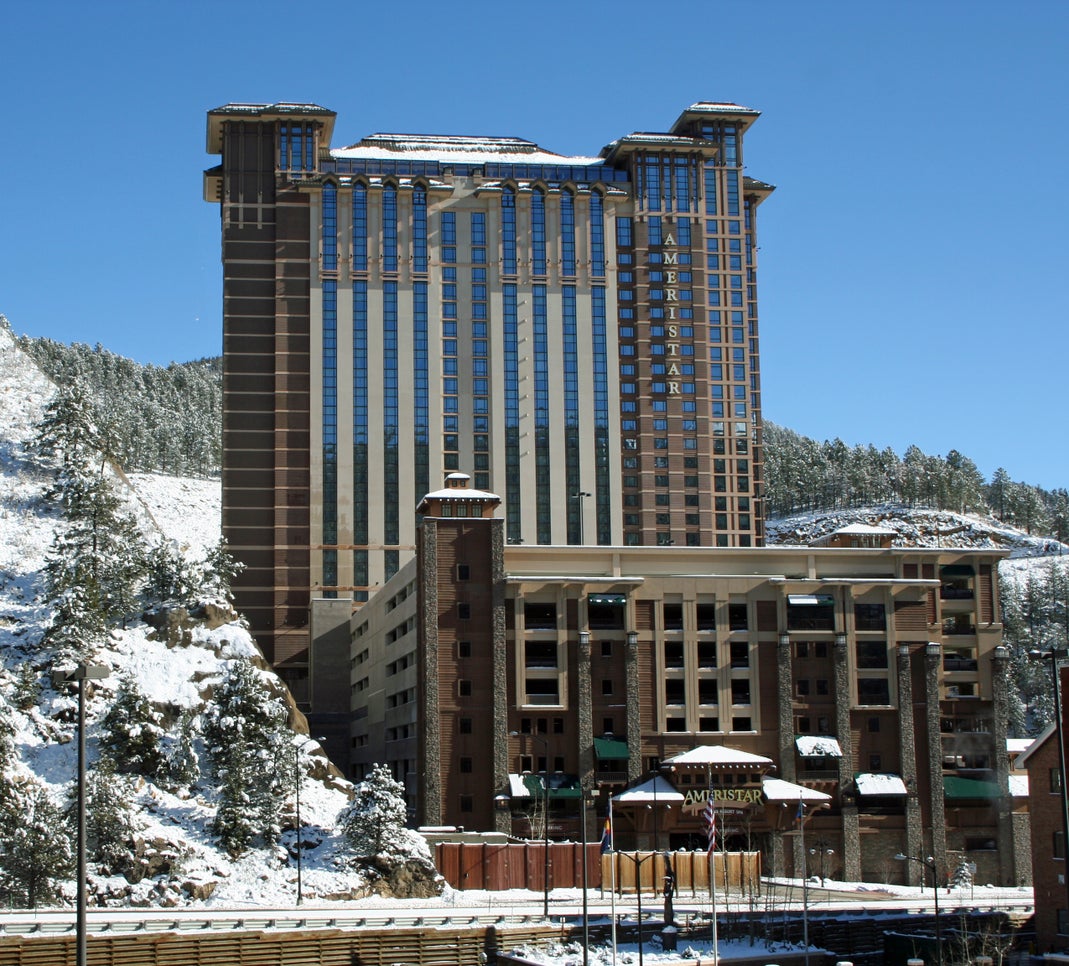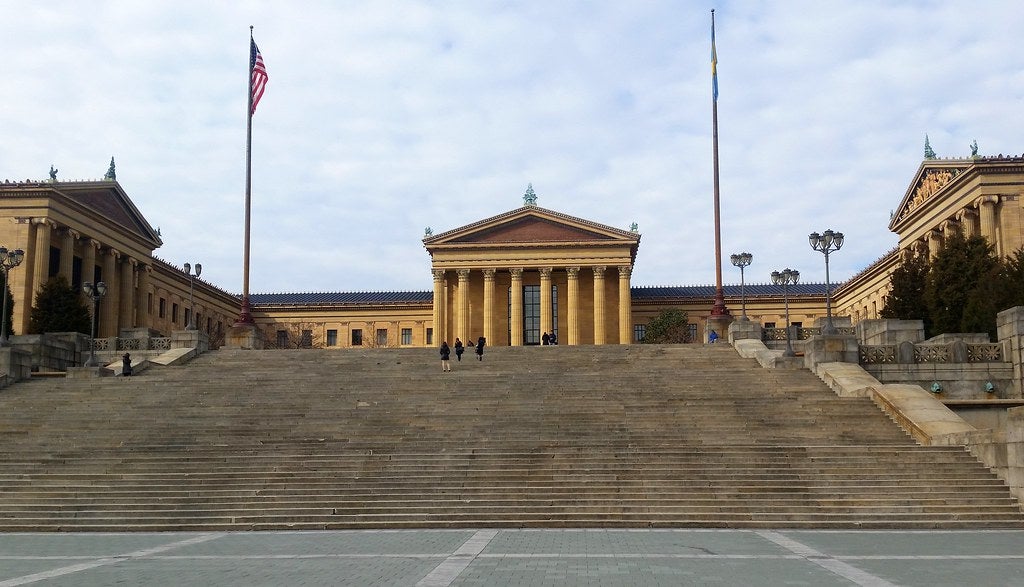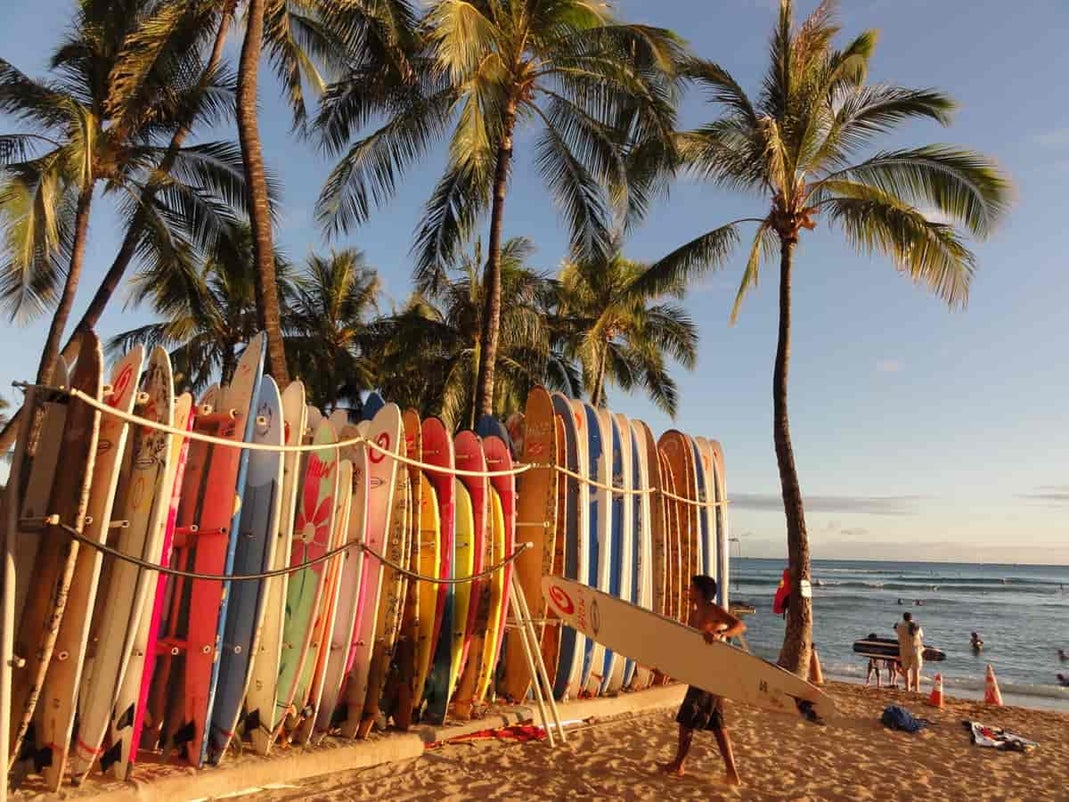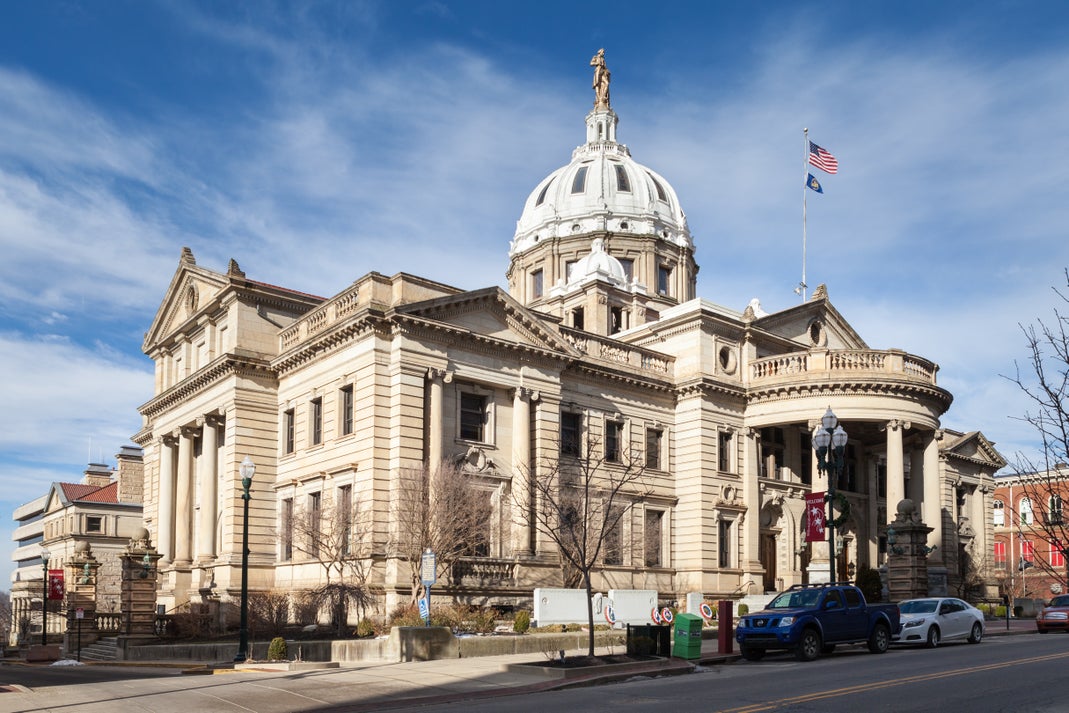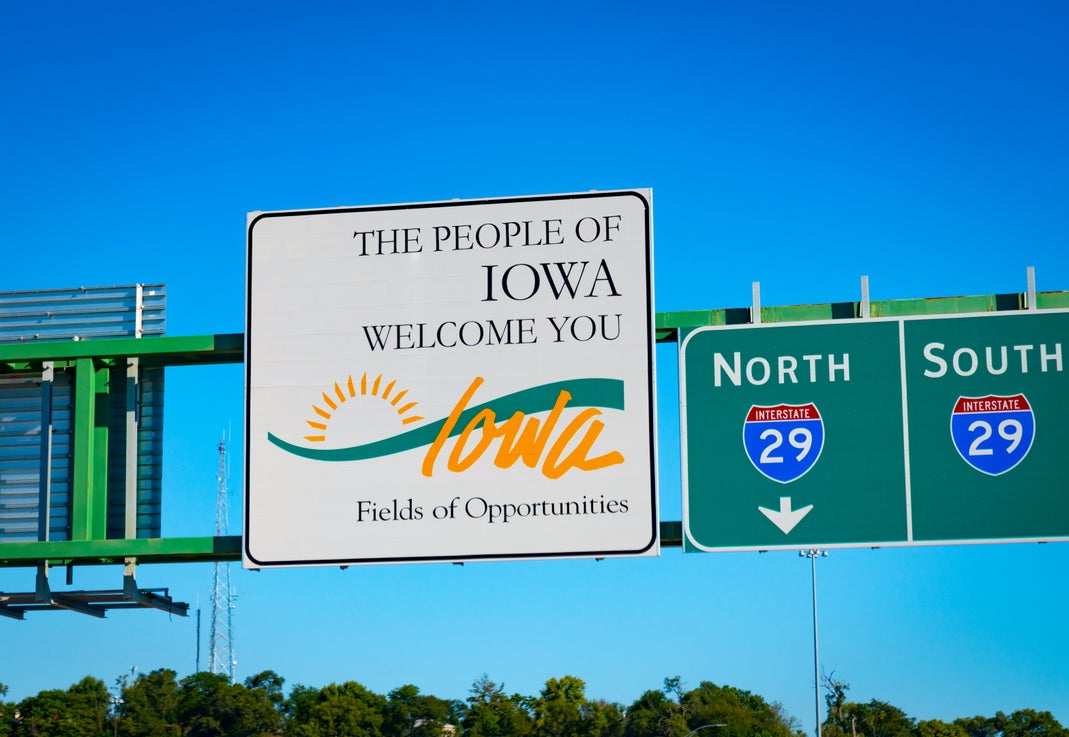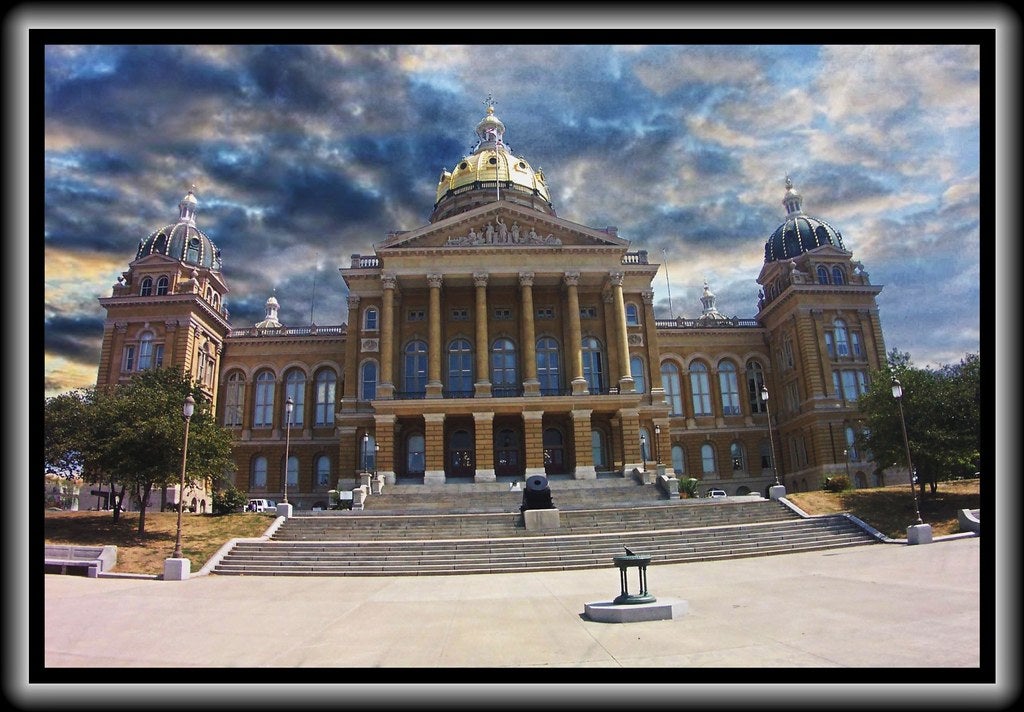Bringing a dream to life
The new renderings portray the complex atop a former graveyard for Long Island railroad trains.
The focal point of the complex is an 80-story tower that overlooks the Hudson River. Inside the tower are a gambling facility on the second and third floors, a 1,700-room hotel with a pool deck, and street-level restaurants and stores.
“The next phase of Hudson Yards is a $12 billion investment in New York’s future that, if approved by City and State officials, will create tens of thousands of jobs, 1,500 units of housing including hundreds of new affordable apartments, and billions in much-needed revenue for the City and State,” Related Companies CEO Jeff Blau said in a statement.
Office buildings and apartment towers would surround the gaming facility, while a 5.6-acre park would fill the open areas of the complex, thereby preserving the local greenery.
The park was designed by members of architectural companies Hollander Design and Sasaki at the discretion of Skidmore, Owings & Merrill, a collection of architects, designers, and engineers.
“We truly believe it will be an oasis that becomes the new calling card of the neighborhood,” said Blau. “In the months ahead, we look forward to sharing more details of the extensive, long-term economic and community benefits our vision for Hudson Yards and Wynn New York City will bring to New York.”
Waiting on licensing
New York Gov. Kathy Hochul announced in 2022 that she was interested in issuing up to three casino licenses to interested parties.
The list of suitors quickly piled up due to New York’s large infrastructure and population size, along with the success of various gambling companies throughout the state. That includes both casino-native games such as slot machines and legal sports betting.
The state is expected to award the licenses—each of which cost at least $500 million upfront—by Dec. 31, 2025. Wynn still needs to pass a Land Use Review before it can become eligible to receive a license.
The collaboration between the Related Companies and Wynn eventually emerged as one of the preeminent options for licensing. However, as was the case with other interested developers, they faced a variety of obstacles, including wooing locals and navigating state laws regarding the use of public land.
According to Blau, the project would create 35,000 development jobs during construction and 5,000 long-term union jobs at the resort.


